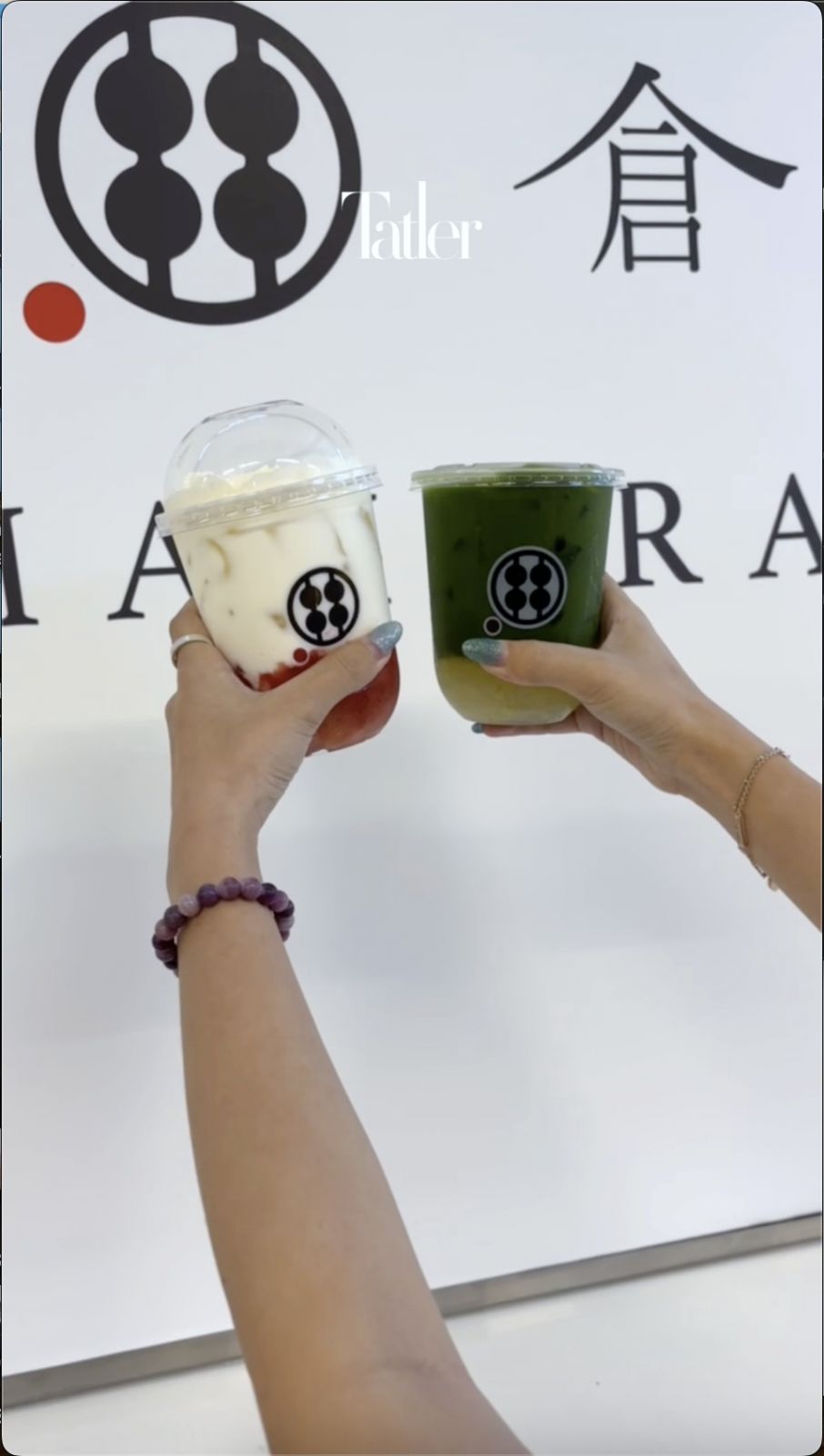From barnacles to octopus tentacles, the trendiest way to eat fish is from a tin
In early 2023, the internet’s virality machine churned out yet another ephemeral trend. From girl dinners to short horror films about mass produced purple milkshakes, we have been no strangers to fleeting food trends. Post-pandemic society has relied heavily on TikTok’s never-ending stream of digital consciousness to tell us what to eat and when and when not to eat. We bore witness to the rise and fall of Dalgona coffee and the demise of anything charcoal-flavoured.
Epicurean trends of the early 2020s have encapsulated offbeat flavours and unconventional cooking techniques, but this time, TikTok made a star out of the humble tinned fish. Thrust into the spotlight with almost no warning at the hands of gourmand content creators, tinned fish exploded in popularity. Mackerel, anchovies, razor clams, barnacles, you name it. If they swam or lived in water, they ended up marinated in spiced olive oil and then thrown onto charcuterie boards alongside pickles galore and handcrafted crackers.
Despite trendy foods’ inevitable descent into indecipherable madness at some point in their cyclical nature, the tinned fish trend only grew more sophisticated with the pageviews.
But where did it all come from?
Read more: 10 new restaurants, cafés, and bars in Malaysia to visit in January 2024


Preservation techniques like canning have existed since the 1700s. A lack of conducive environments to store meats, fish and other perishables necessitated alternative ways of extending their shelf life. Seafood, which became especially rancid without refrigeration, was made widely available and affordable thanks to its tinned form. Both world wars relied on tinned fish to complete army rations and feed the general population, resulting in a worldwide cannery upswing. Portugal, in particular, expanded their tinned fish production to aid European war efforts. The Portuguese tinned fish empire saw the near imperishable staple transition from providing sustenance into the backbone of ‘conservas’ culture.
To this day, the canning industry spans continents, most prevalent in coastal provinces. Cost-effective, portable, and durable, you will probably find a tin of tomato sauce soaked sardines in any household pantry.











